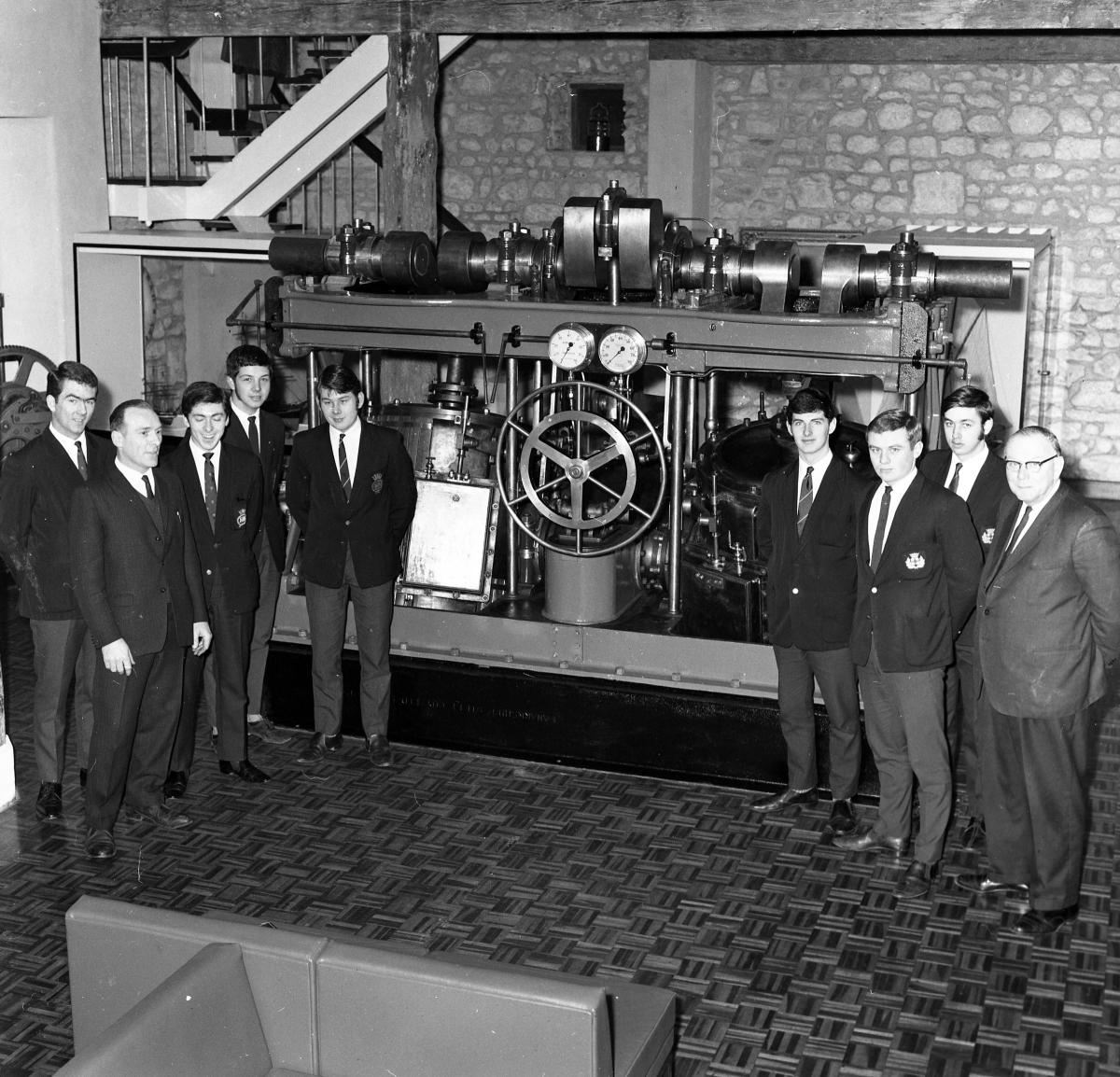Where the River Itchen gracefully merges with the Solent, stands a majestic symbol of Southampton’s rich maritime heritage - the Medieval Wool House.
This venerable edifice, with its imposing façade and centuries-old timbers, has borne silent witness to the ebb and flow of the city’s fortunes, its walls echoing with tales of seafaring adventures, global trade, and the indomitable spirit of exploration.
For nearly half a century, from 1966 to 2011, the Wool House served as the city's Maritime Museum, a treasure trove of nautical artefacts and captivating exhibits that drew visitors from far and wide.

Its closure in 2011 marked the end of an era, but the legacy of this remarkable institution lives on, its stories forever intertwined with the very fabric of Southampton's identity.
The Wool House's origins can be traced back to the early 15th century, a time when Southampton was a hub of international trade, its port teeming with shipping" target="_blank">ships laden with goods from across the globe.
Built in 1415, the Wool House was originally designed as a wool staple, a central repository where wool, England's most valuable export, was weighed, graded, and stored before being shipped to the textile mills of Flanders and Italy.

The vast, open expanse of the Wool House, with its sturdy timber-framed structure and soaring ceilings, was ideally suited for the storage of massive quantities of wool.
The building's strategic location on Town Quay, close to the waterfront, facilitated the efficient loading and unloading of cargo, further cementing Southampton's position as a leading centre of commerce.
As the wool trade gradually declined in the centuries that followed, the Wool House adapted to the changing times, serving a variety of purposes, from a military storehouse to a prison for captured French and Spanish sailors during the Napoleonic Wars.

The building's chestnut beams still bear the etched names and messages of these prisoners, poignant reminders of their captivity and longing for home.
In the 18th century, the Wool House underwent a period of transformation, with the south front being partially rebuilt, possibly to accommodate new commercial ventures.
Despite these modifications, the building retained its essential medieval character, its sturdy walls and timeworn timbers standing as a testament to its enduring strength and resilience.

In the mid-20th century, the Wool House embarked on a new chapter in its long and illustrious history.
Recognising the building's historical significance and its connection to Southampton's maritime heritage, the city council decided to transform it into a museum dedicated to the city's seafaring past.
On June 4, 1966, the Wool House opened its doors as the Southampton Maritime Museum, a modest collection of exhibits and models housed within the building's cavernous interior.

Over the years, the museum's collection grew exponentially, fueled by donations, acquisitions, and the tireless efforts of dedicated curators and volunteers.
The museum's exhibits spanned centuries of maritime history, from the age of sail to the era of steam and beyond.
Visitors could marvel at intricate ship models, examine navigational instruments used by intrepid explorers, and learn about the lives of ordinary sailors who braved the perils of the sea.

One of the museum's most prized possessions was the Miss Britain III, a sleek, powerful hydroplane that had once held the world water speed record.
This iconic vessel, a symbol of British engineering prowess, was a major draw for visitors, its gleaming hull and roaring engine capturing the imagination of young and old alike.
The museum also housed a poignant collection of artefacts recovered from the wreckage of the Titanic, the ill-fated liner that sank in 1912 after striking an iceberg in the North Atlantic. These poignant reminders of the tragedy, including the personal belongings of passengers and crew, served as a solemn tribute to the lives.

In 2011, the Southampton Maritime Museum closed its doors for the last time, its precious collection relocated to the city's new SeaCity Museum.
The Wool House, a grand testament to Southampton's medieval trading prowess, has been reborn as the Dancing Man Brewery.
This 14th-century structure, once echoing with the bustle of wool merchants, now reverberates with the clinking of glasses and lively chatter. The ground floor houses a state-of-the-art brewery, where visitors can witness the creation of handcrafted ales and ciders while enjoying the fruits of the brewers' labour.

Upstairs, the Wool House transforms into an elegant restaurant, offering a refined dining experience within the grandeur of the medieval hall. High ceilings, exposed timbers, and a menu showcasing local flavours create a sophisticated ambience.
The Dancing Man Brewery is more than just a pub and restaurant; it's a large part of Southampton’s heritage. This adaptive reuse of a historic landmark breathes new life into the city, attracting locals and tourists alike. Whether seeking a casual pint, a gourmet meal, or a unique venue for a special event, the Dancing Man Brewery offers a captivating blend of history, modernity, and community spirit.
Though the museum may be gone, the spirit of the Wool House lives on, its legacy woven into the fabric of Southampton's identity. The building remains a beloved landmark, a symbol of the city's rich maritime heritage and its connection to the sea.w












Comments: Our rules
We want our comments to be a lively and valuable part of our community - a place where readers can debate and engage with the most important local issues. The ability to comment on our stories is a privilege, not a right, however, and that privilege may be withdrawn if it is abused or misused.
Please report any comments that break our rules.
Read the rules hereLast Updated:
Report this comment Cancel